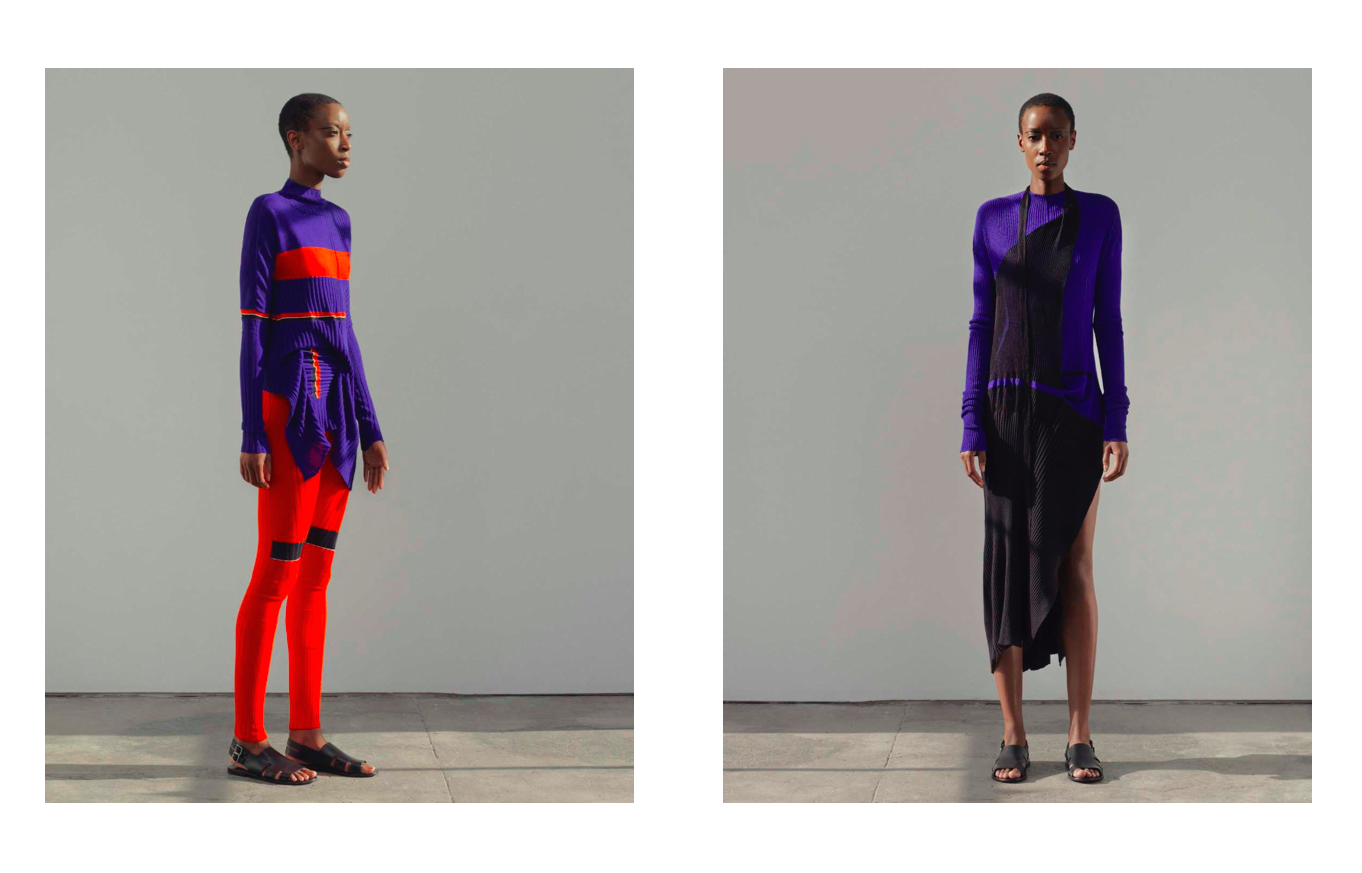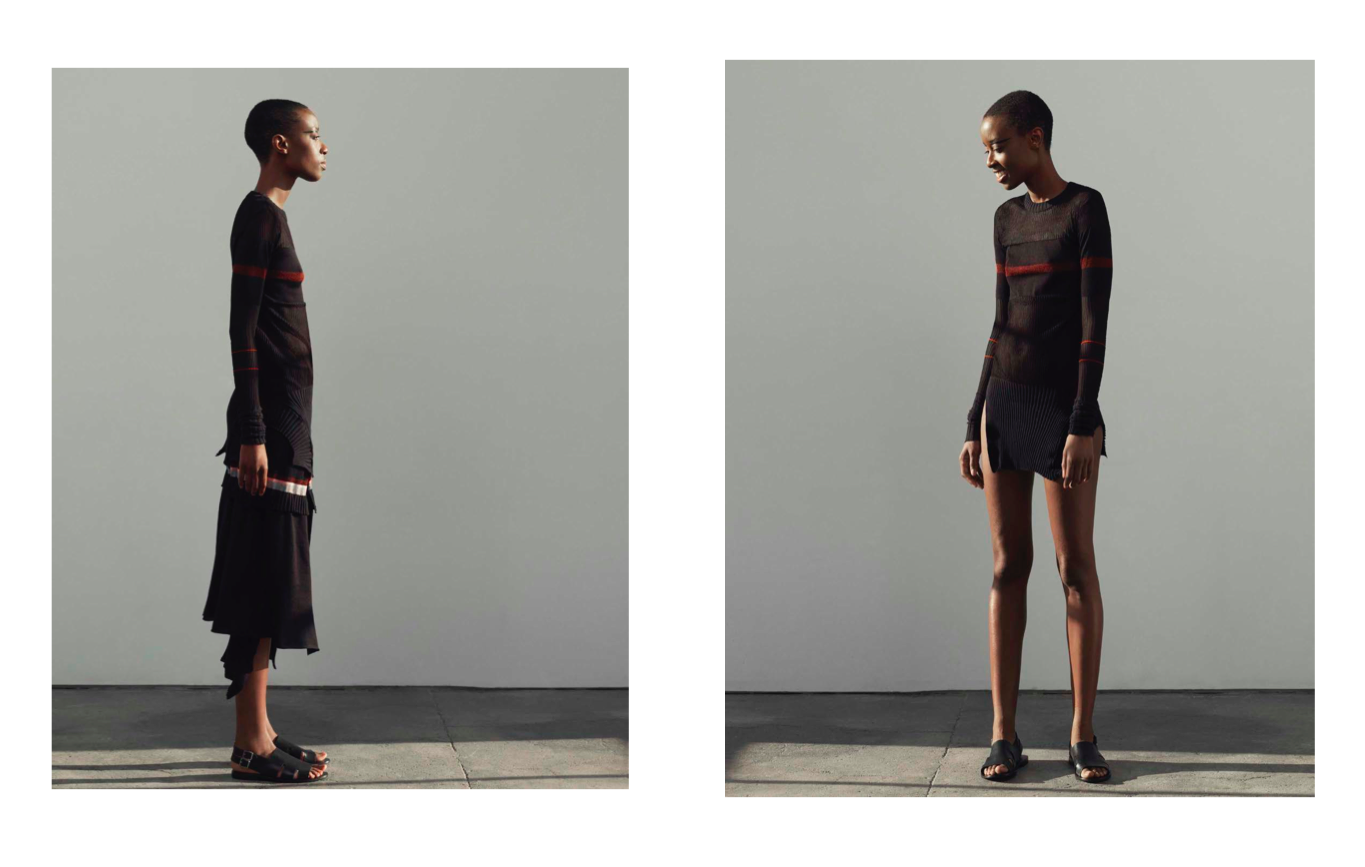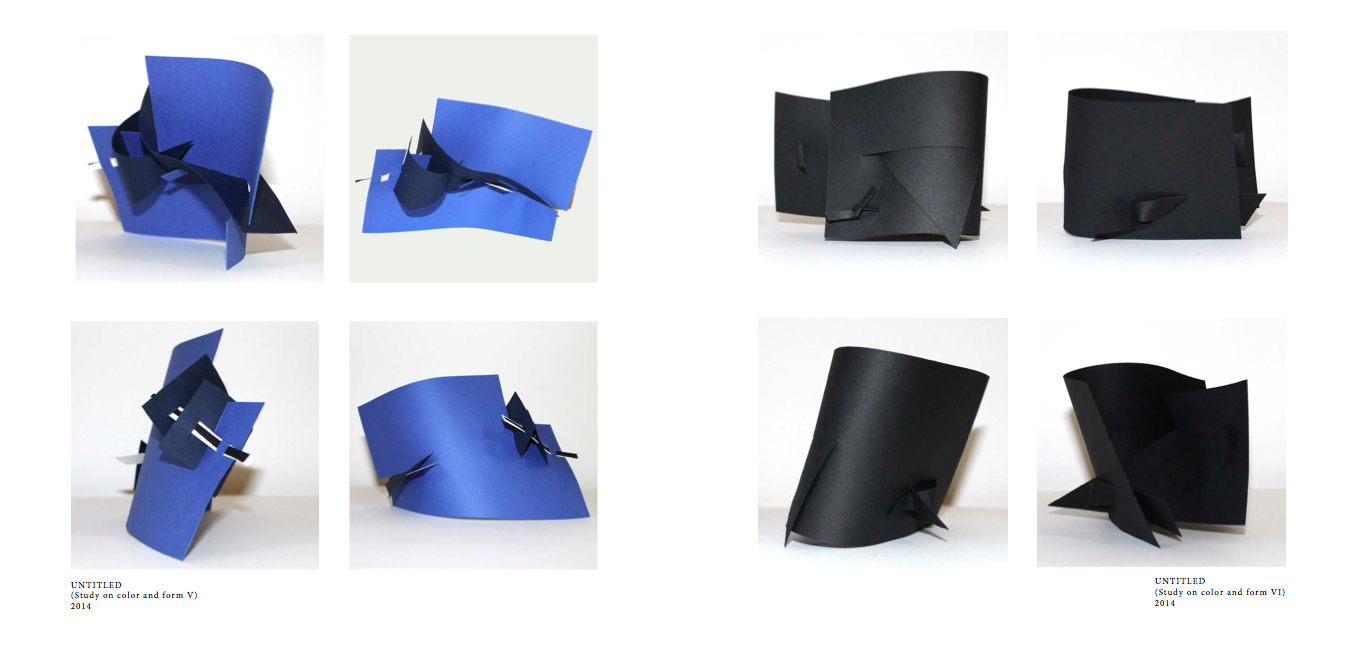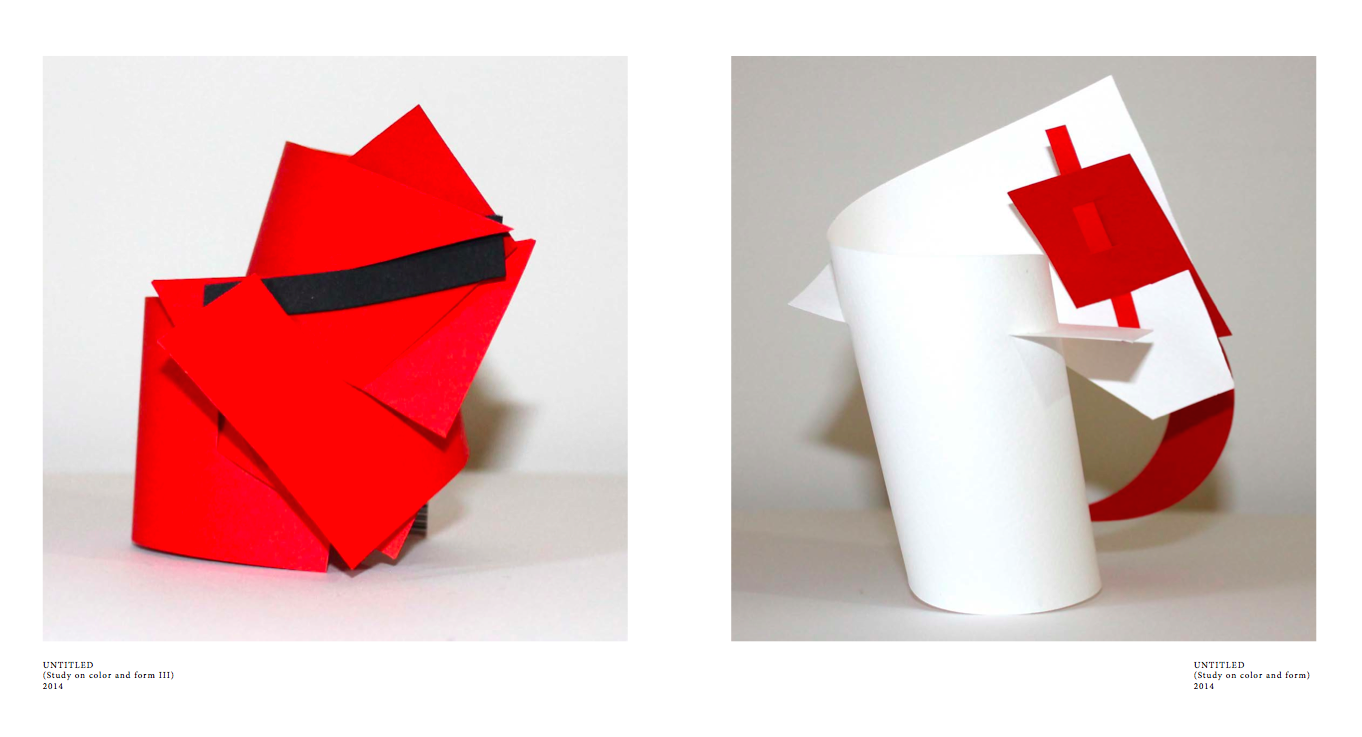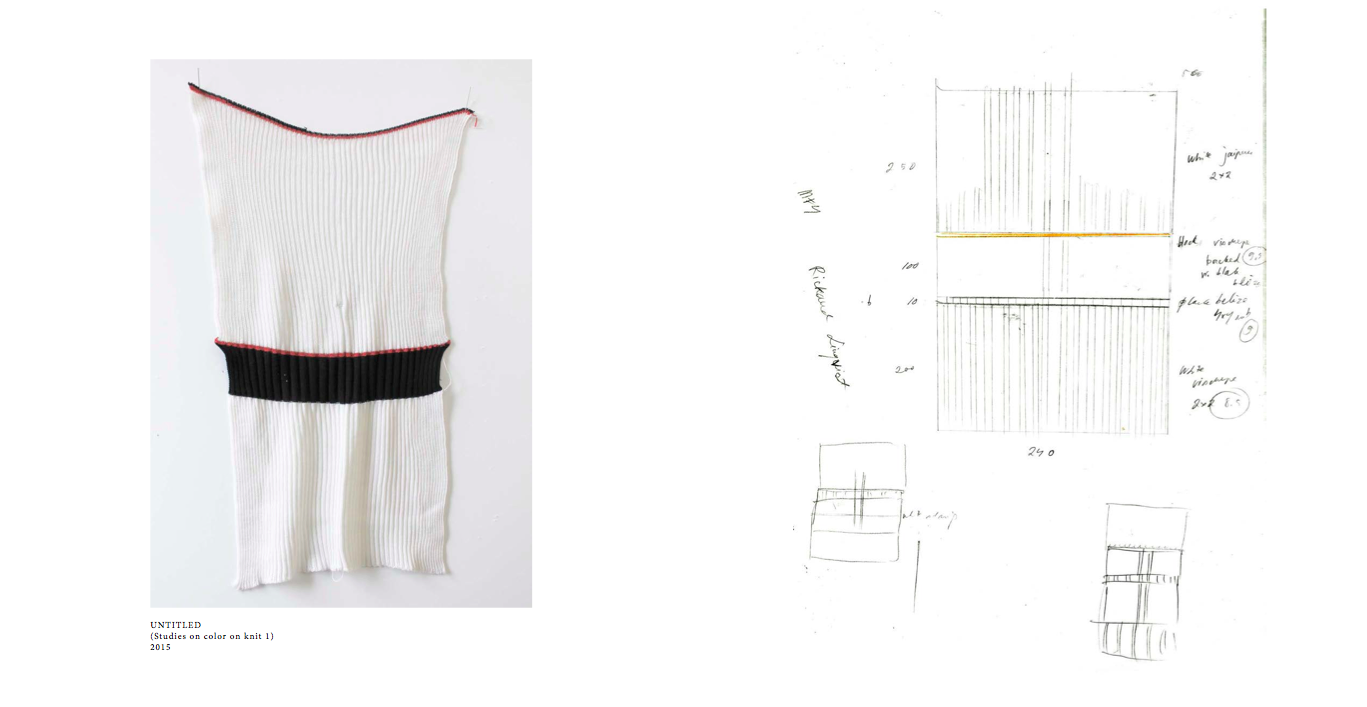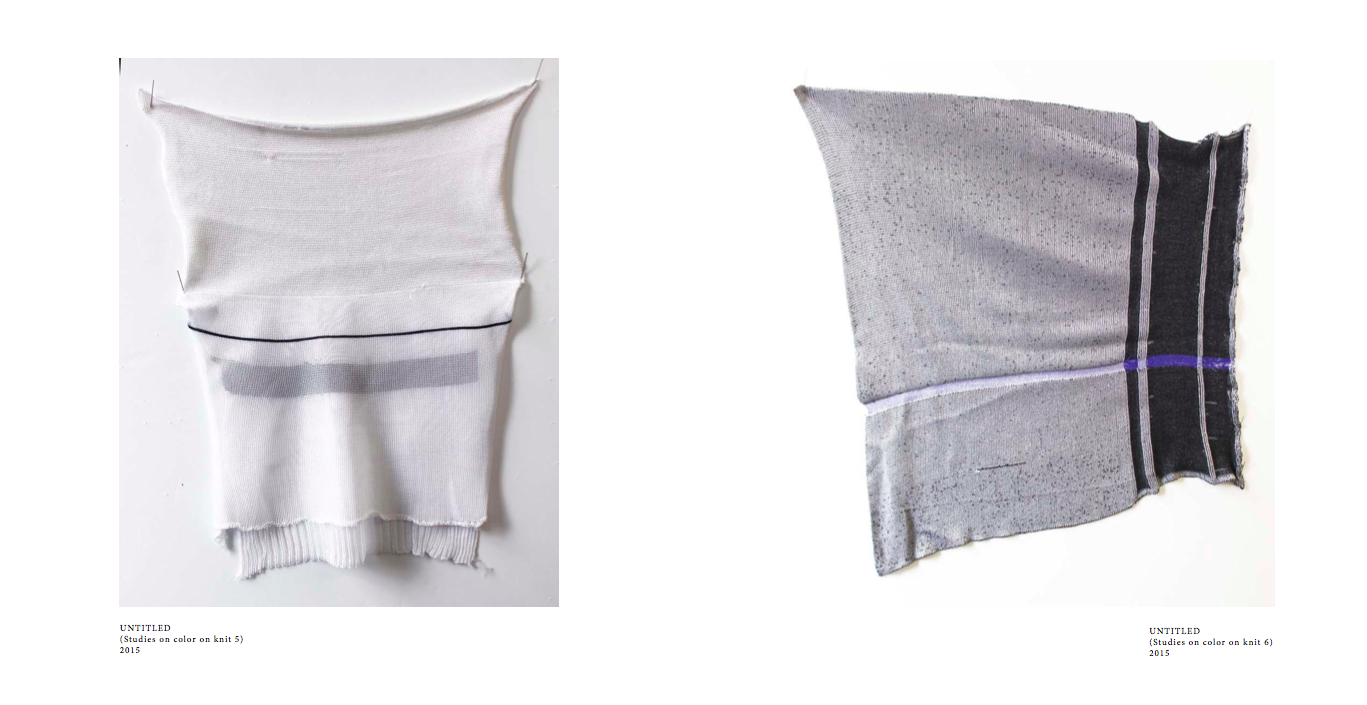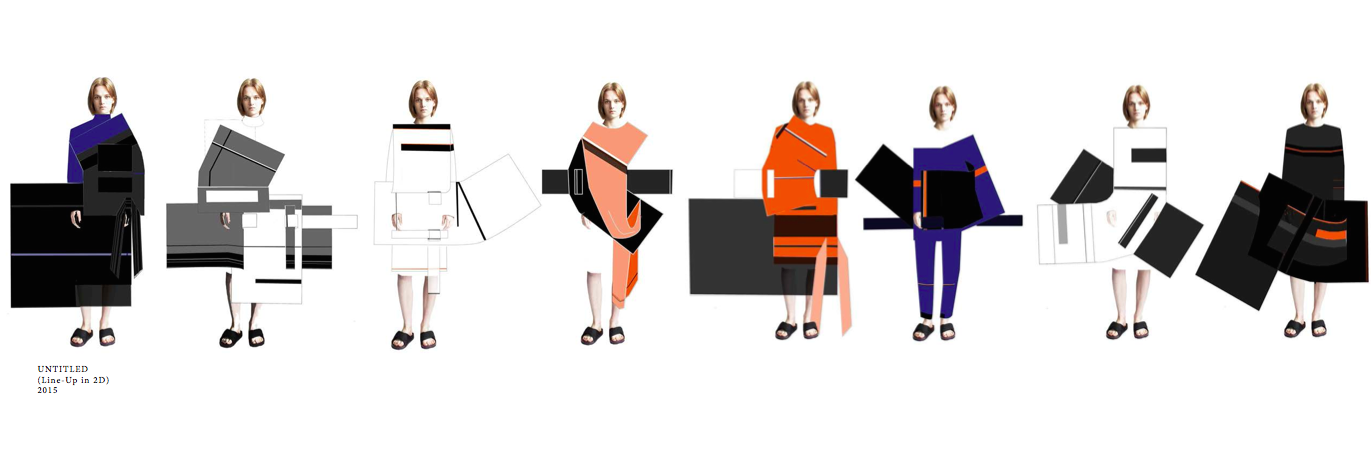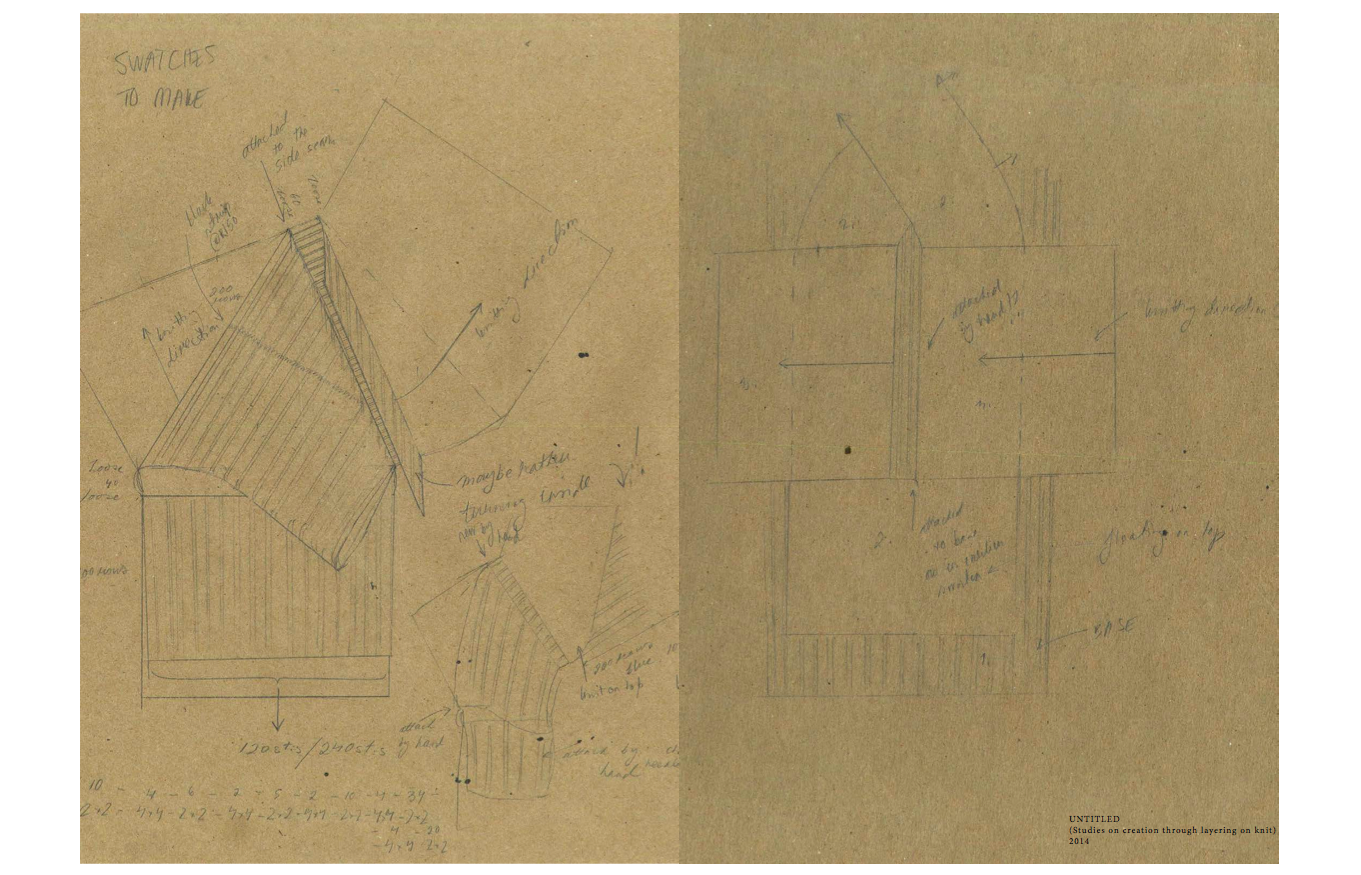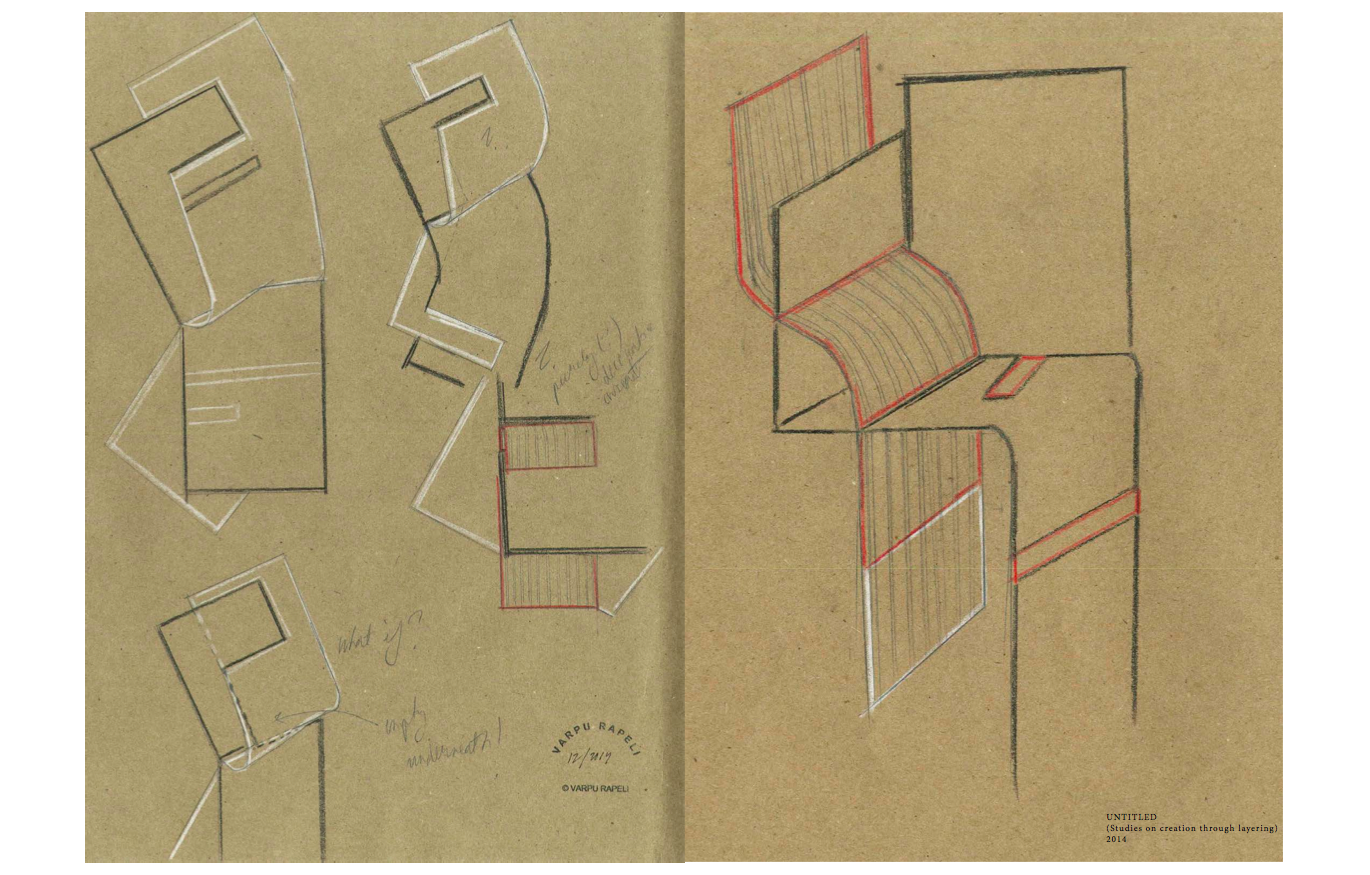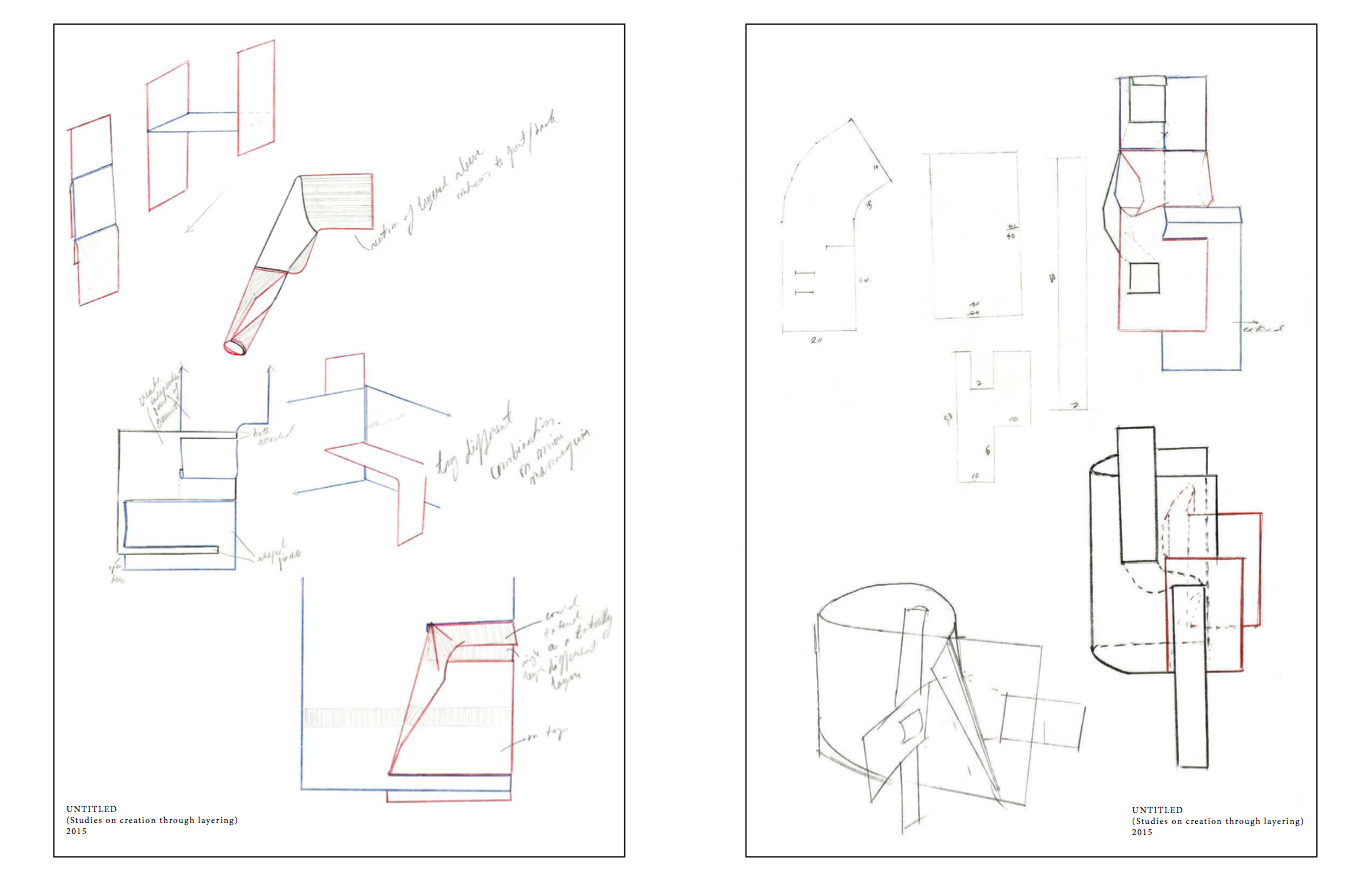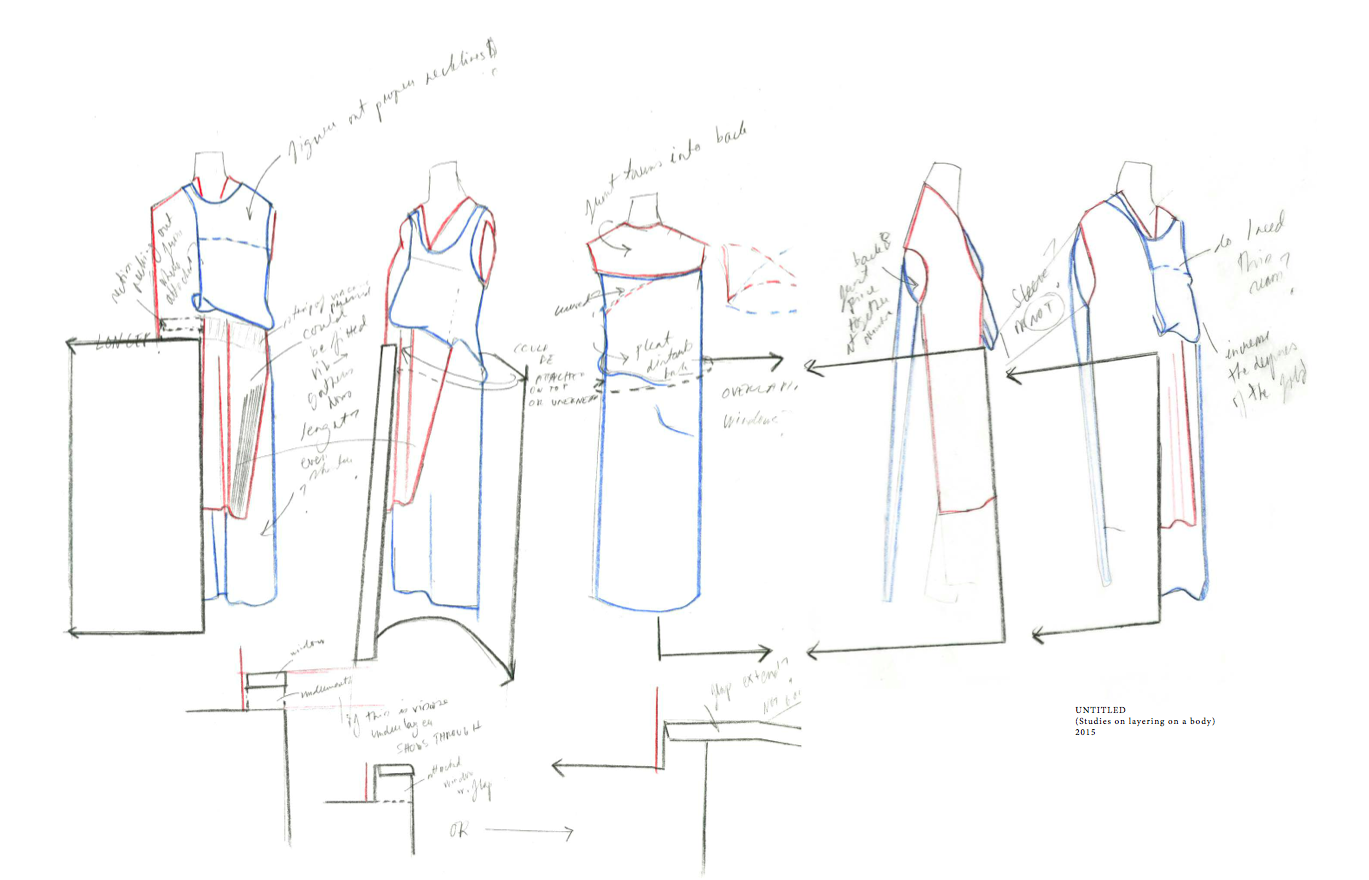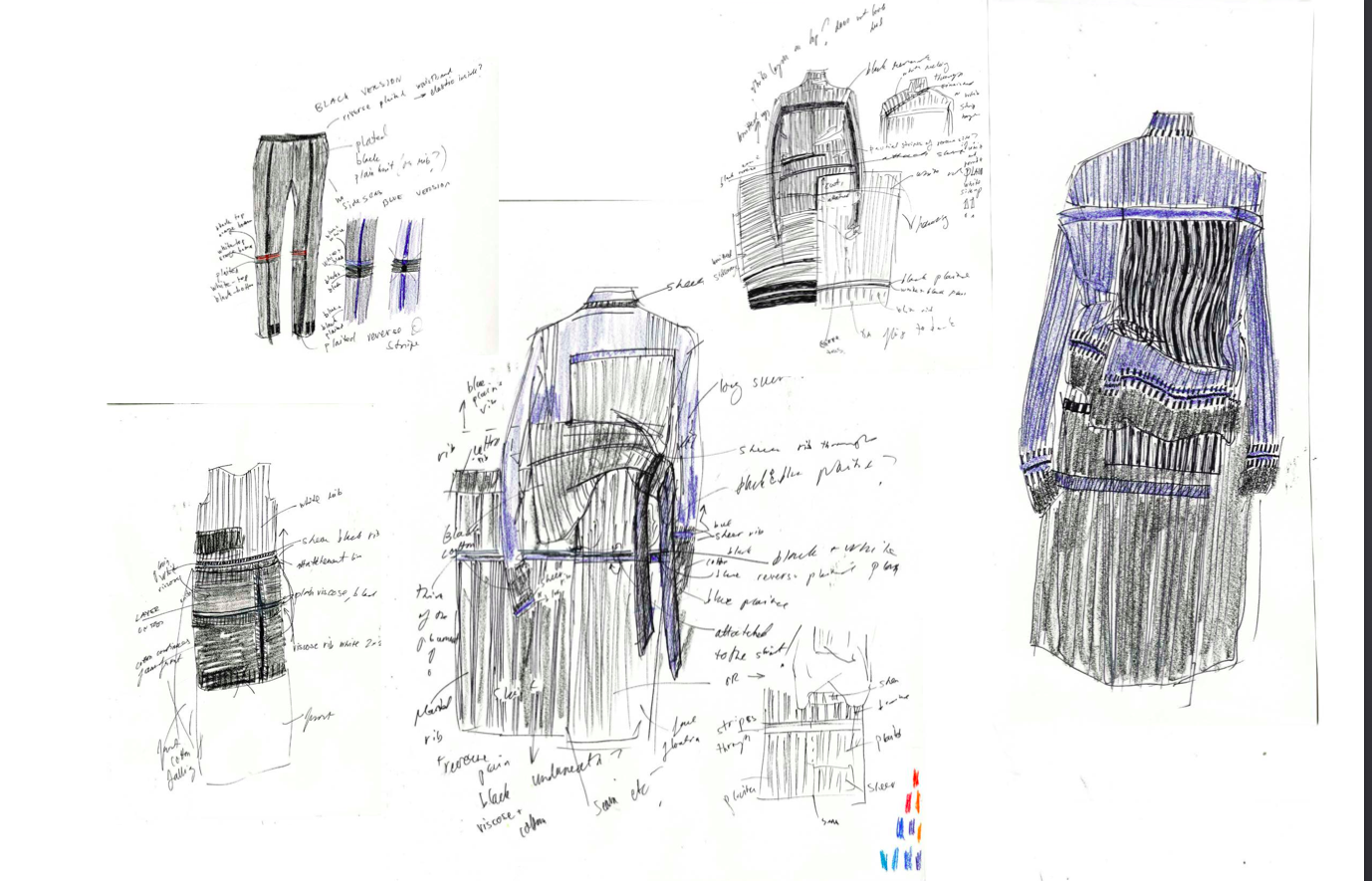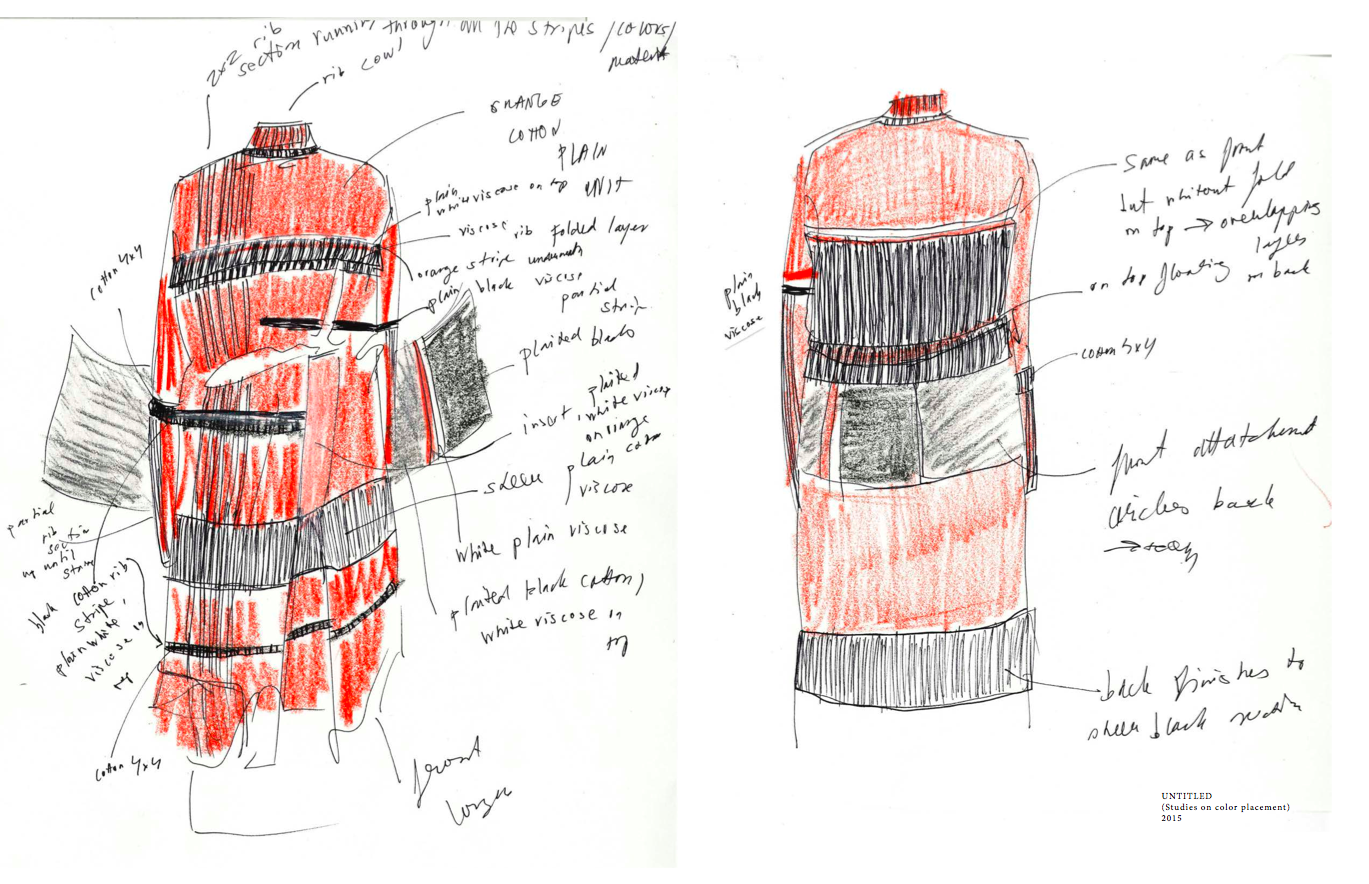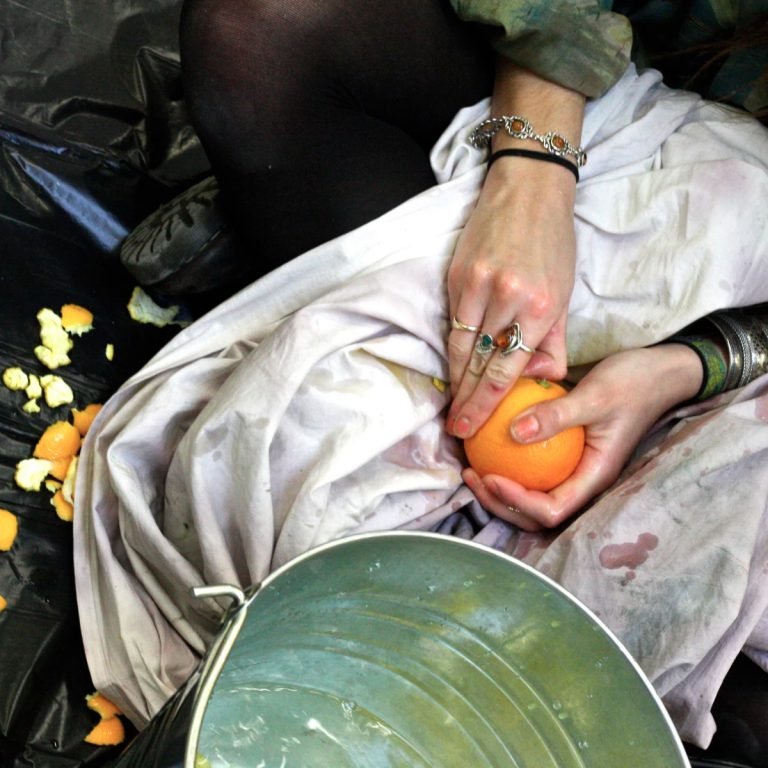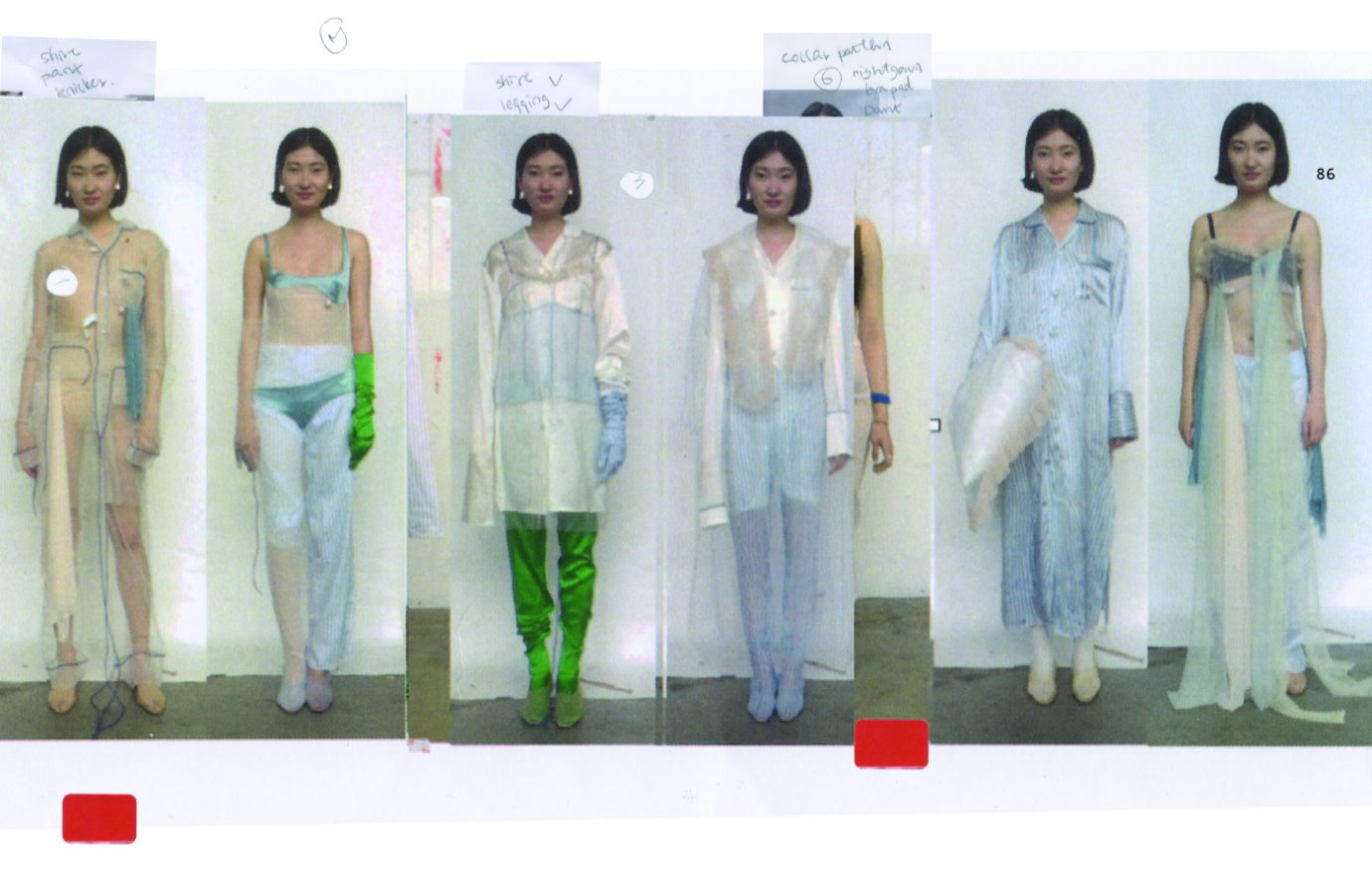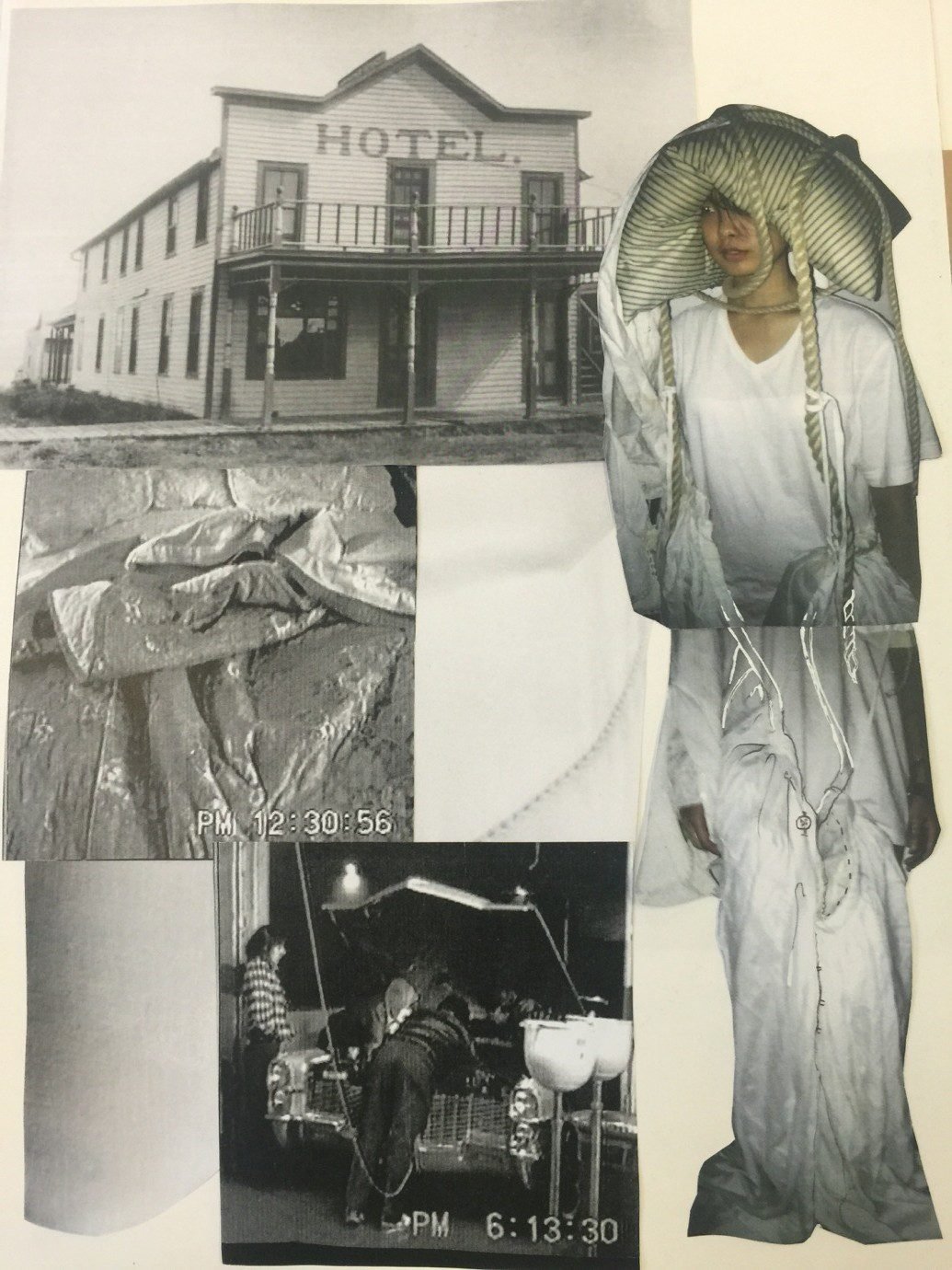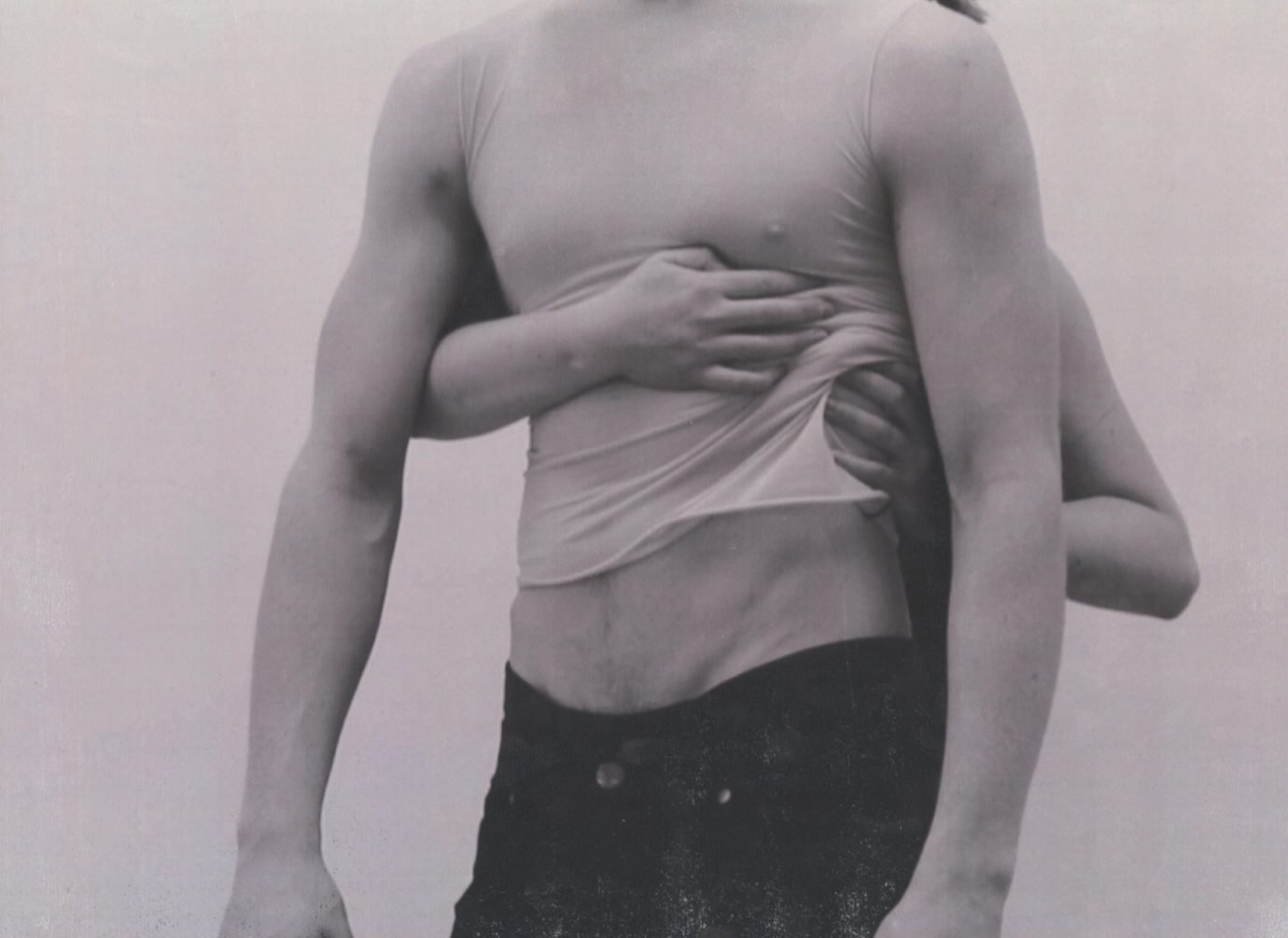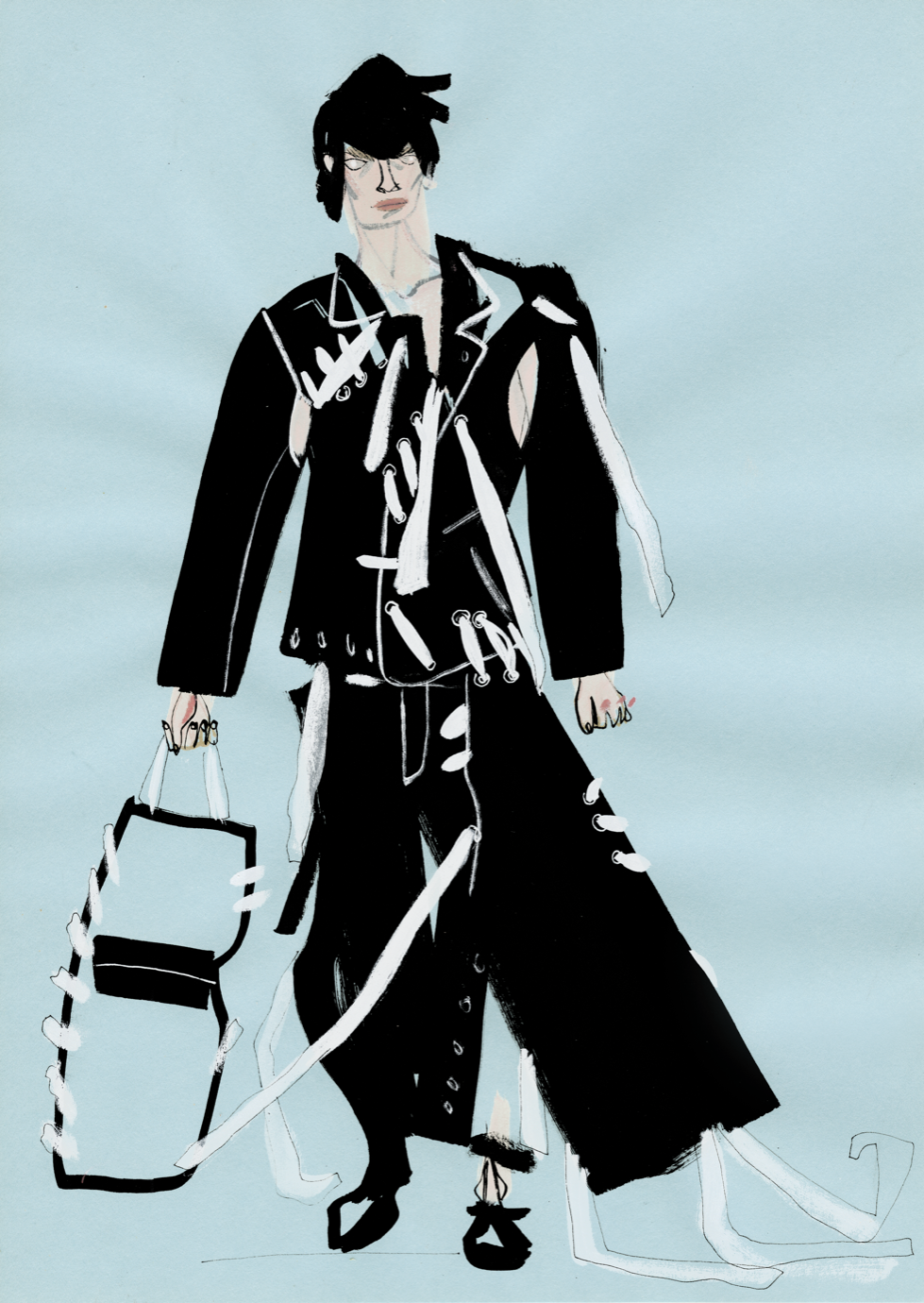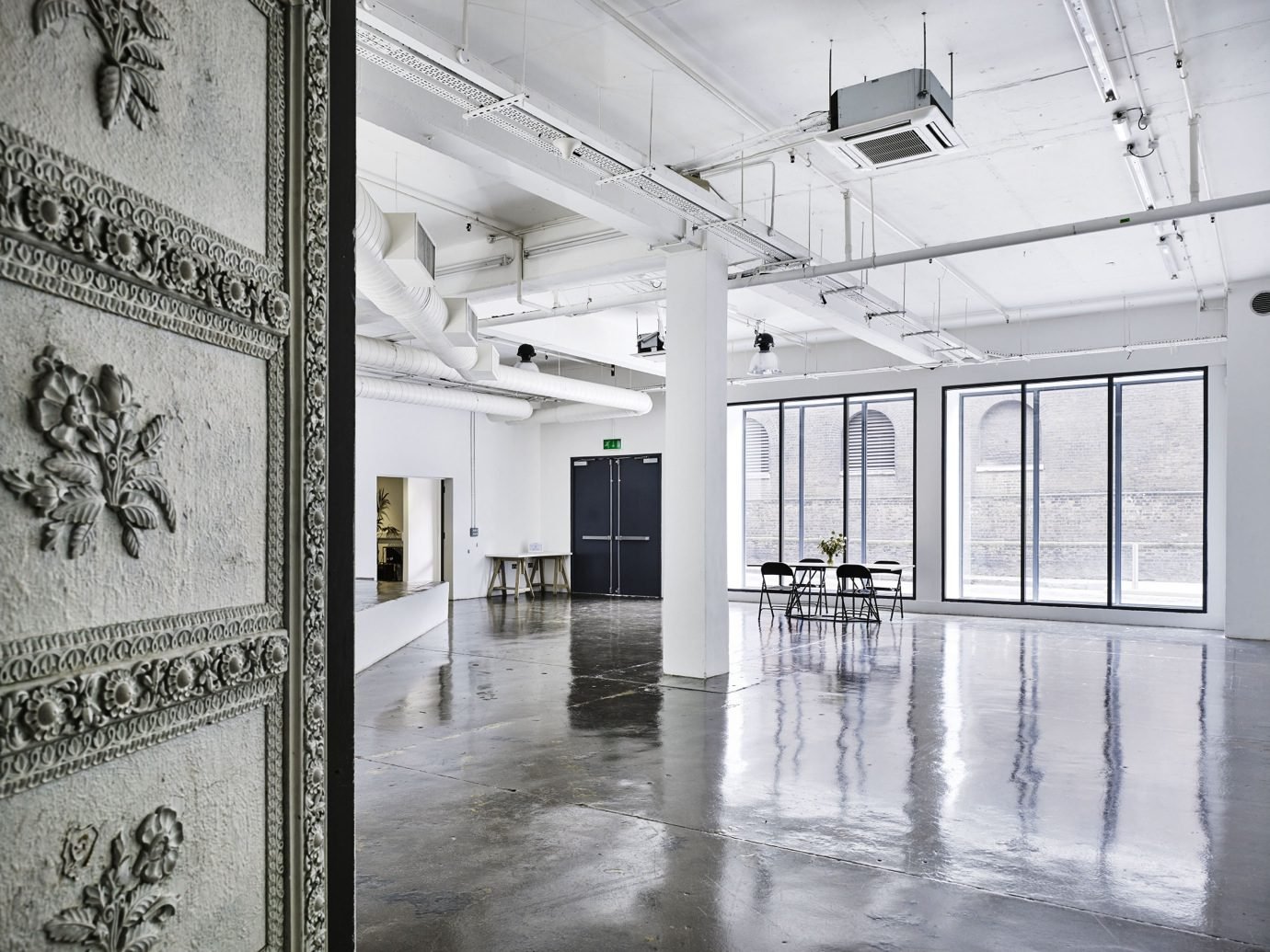“IT’S GOOD TO BE TALENTED, BUT IT DOESN’T GUARANTEE A JOB.”
Where were you before coming to Parsons?
I’m from Helsinki. I did my BA in Finland, at the Institute of Design. During that time I did a semester at the Edinburgh College of Art, a couple of internships in London, including one for Craig Lawrence, finished up in Finland and then headed to New York. I did an internship at Diane Von Fürstenberg and then started working at Calvin Klein in the Knitwear Department.
Why did you choose to go to New York City and study at Parsons?
I knew I wanted to do an MA abroad, but it was actually when I was in Edinburgh that the program director for Parsons Knitwear came to give a presentation. The program was still new, only in its second year. I got super excited, because the program involved a lot of theory, fashion studies and other things that were not directly related to design. I also applied to the Royal College of Art in London and got into both there and Parsons, but never applied to CSM, because I was looking for something more commercial.
I didn’t initially study to become a knitwear designer. It took until about my second year of BA to realise that was my strength. There are a lot of good designers, but to be good at something specific will help you to find a job. It’s not even that there is so much competition; there just aren’t that many jobs. I was interviewed for many places, and everyone was very interested, but I only got a job when someone left. It’s good to be talented, but it doesn’t guarantee a job.
You mentioned that the New School offers other things than just design. How do you feel about the role of art school in cultivating business aspects compared to strictly creativity?
I have always been interested in the business side. I think they should definitely offer the basic course. If you think about many designers who have their own brands: there is one person who handles the creative side and one person who handles the business. I think it’s also a lot about understanding how many other people are involved and knowing about the different roles; more than being taught how to be everything in one person.


